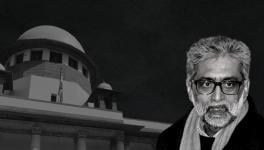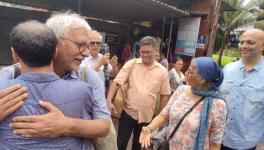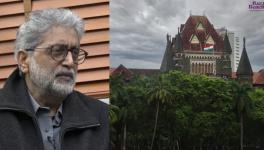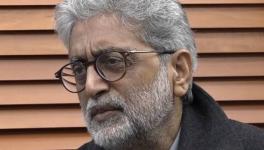Bhima Koregaon Inspires Thousands to Fight Oppressive Social Systems
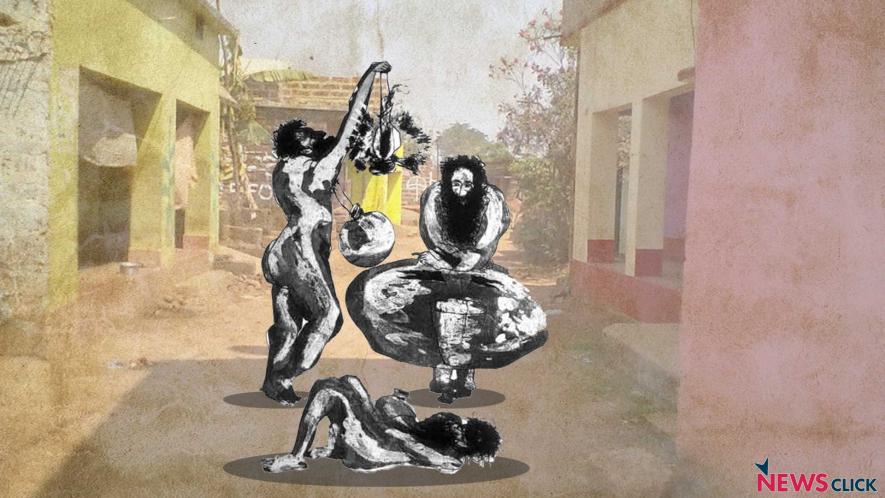
Image: Trina Shankar, Illustrations: Savi Savarkar
This year marks the two-hundredth anniversary of the battle of Bhima Koregaon that was instrumental in bringing down the Peshwa rule in Pune. Thousands of followers of Dr B.R. Ambedkar and his philosophy congregate each year on January 1 and pay their tributes to the soldiers who laid down their lives in the battle.
On January 1, 1818, a few hundred soldiers, predominantly from the Mahar caste, fighting on behalf of the British regiment of a Bombay Native Light Infantry, defeated a 20,000 strong soldier of the Peshwa rulers of Pune. Richard B, a historian, writes about the battle:
The Mahar participation in the battle of Koregaon on 1 January 1818 is the most famous, and also the best documented, action involving Mahar soldiers ... The successful defense of Koregaon by a small force of 500 men ... under the command of Capt. F. F. Staunton [who] fought without rest or respite, food or water continuously for twelve hours against a large force of 20,000 Horse and 8,000 Infantry of [Maratha Leader] Peshwa Baji Rao II who was threatening the British garrisons at Kirkee and Poona. Mahars dominated Staunton's unit. The Peshwa's troops inexplicably withdrew that evening, despite their overwhelming numbers, giving the British an important victory. The men of the 2/1st Regiment Bombay Native Infantry, including many Mahars, who fought in this battle, were honoured for their bravery.
Many wonder how a few hundred Mahar soldiers were able to defeat an army that was 25 times bigger and well equipped than the ones of the Peshwa. The Mahar soldiers were not just fighting a battle as soldiers but also fighting the “battle for regaining their lost person-hood”.
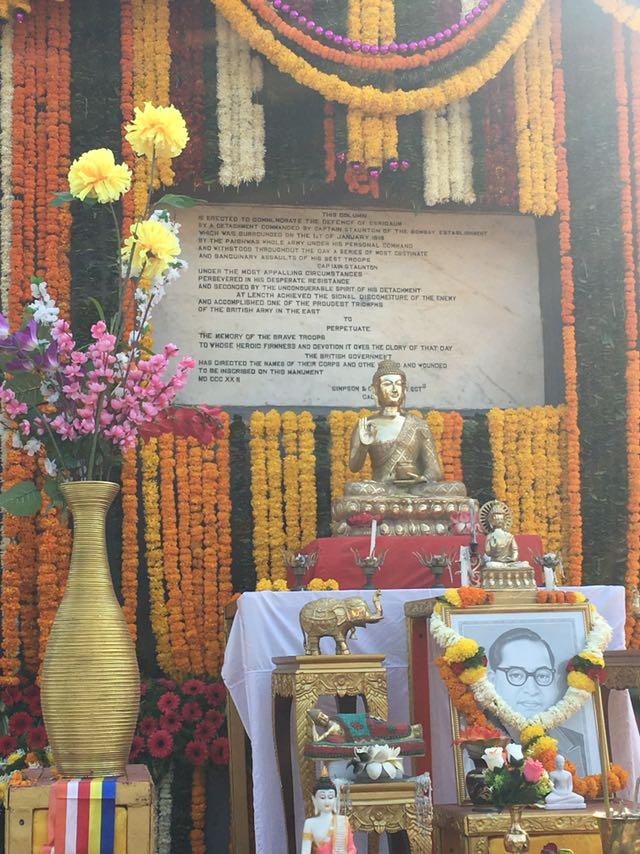
In the kingdom of the Peshwas, the society and the state were organised in the classical sense, as prescribed in the Manusmriti. The untouchable castes were allowed to enter villages or streets only during noon when the sun was overhead and the shadow of the untouchables would not fall on the caste-Hindus. They were supposed to wear a black thread around themselves to signify that they were the untouchables. Also, they had to tie a broom to their backs so as to wipe out the foot-marks caused because of walking. The Untouchables also had to carry a pot tied around their necks to collect their saliva. These restrictions on the untouchables were to maintain “purity” of the locality.
Commemorating their valour and scarifies a memorial was built at Bhima Koregaon in 1851 with the names of the soldiers who took part in the decisive battle. Most of the names were of the Mahar soldiers. So every year thousands go their pay respect to the soldiers who ended the Peshwa Rule in the area. Even Dr Ambedkar used to visit with others so that the Mahars know of their own history and get an inspiration to fight for liberation from human servitude.
But this place, till December 20, 2017, was entangled in a legal battle with the members of the family who were entrusted with the job of looking after the memorial which is spread in a plot of four acres. For the upkeep of the memorial, a land grant of 260 acres was given to a family by the British administration.
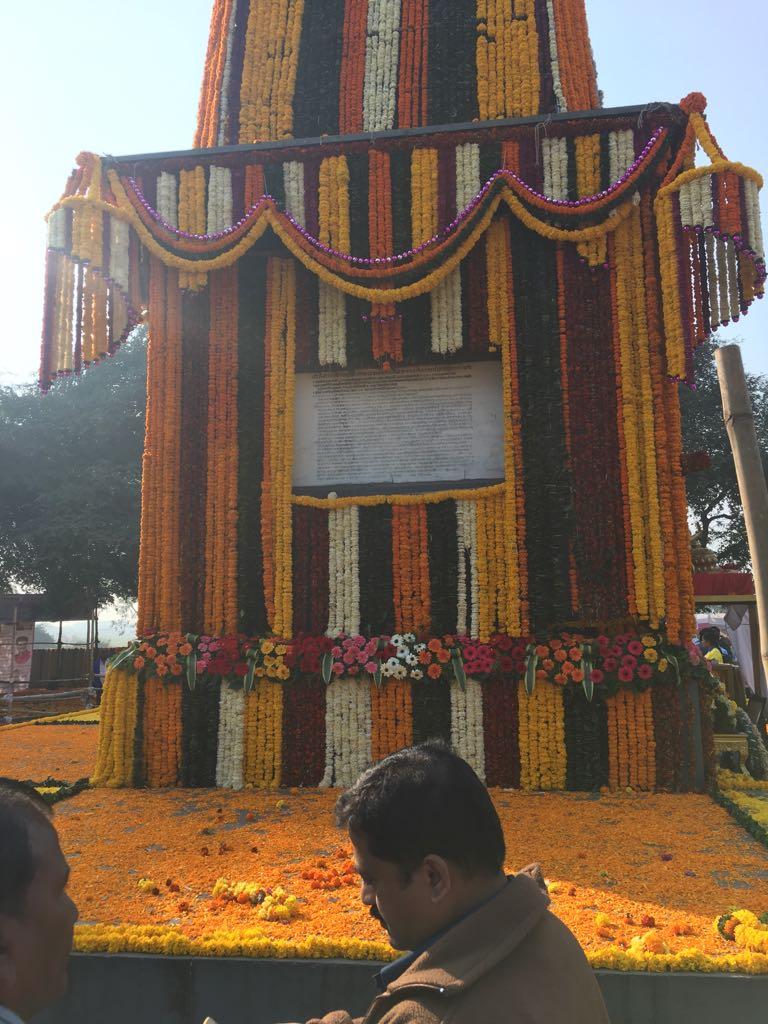
Dadabahu Abhang, President Bhima Koregaon Committee who fought a legal battle to remove the encroachment of the land around the memorial, spoke to Newsclick and said that a family had encroached on the land around the memorial stating that they were entrusted with the work of maintaining the memorial. Against this, the activists approached the government and got a favourable order from the concerned revenue officials from that area. The “Rakwal Dhar” (the person entrusted with responsibility) of the memorial approached the civil court against the revenue officer’s order. But on December 20 the court gave the judgment in favour of the Bhima Koregaon Committee members.
Nitin Meshram, one of the advocates who fought this case on behalf of the Bhima Koregaon Committee in the Pune Civil Court, said that the opposition party was illegally holding on to the land. According to the Article 49 of the Indian Constitution, it is the responsibility of the state and not individuals, who are responsible for maintaining the memorials, he said while speaking to Newsclick. He added that this case was important for him personally and it was his way of contributing to the society and paying respect to the sacrifices of the Mahar soldiers that paved the way for a democratic country.
Get the latest reports & analysis with people's perspective on Protests, movements & deep analytical videos, discussions of the current affairs in your Telegram app. Subscribe to NewsClick's Telegram channel & get Real-Time updates on stories, as they get published on our website.











